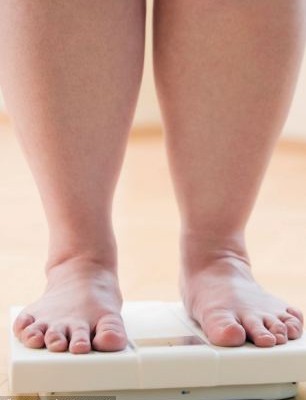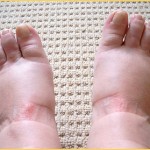
Excess Weight & Your Foot Health
 Happy New Year to all our patients! It’s at this time of year that most of us decide to start the year by being fitter, thinner and healthier. From a podiatry point of view losing weight has a major impact on our feet, knees and lower limb.
Happy New Year to all our patients! It’s at this time of year that most of us decide to start the year by being fitter, thinner and healthier. From a podiatry point of view losing weight has a major impact on our feet, knees and lower limb.
Foot pain can effect your daily life, and is something that can affect everyone at some point. Pain in the arch, toes, heel or ankle, whether it is temporary or prolonged can cause a great deal of disruption to a persons life.
Studies have shown that there is a correlation between overweight patients BMI and foot and ankle pain. Investigations have shown that increased BMI relates to knee problems too.
Being overweight can bring your knees together, causing you to shift your weight to the inside of your feet, leading to arch and tendon problems, this in turn can lead to knee, hip and back pain.
Foot and ankle pain related to carrying excess weight, often occurs in weight-bearing areas, as well as in the tendons and ligaments. Common foot problems include posterior tibial tendonitis, plantar fasciitis and rear foot arthritis.
You don’t have to be extremely overweight to develop foot and ankle pain, 25 pounds of excess weight is enough to cause foot and ankle pain, whilst carrying more weight can cause even more musculoskeletal skeletal problems as well as other more serious health problems such as diabetes, gout and peripheral vascular disease.
Whilst climbing stairs and walking steep inclines, the ankle joint takes 4 to 6 times the body weight, because the force required to elevate your body, creates an increased force across the ankle joint. Is therefore important that patients understand that increased body weight will result in musculoskeletal-skeletal problems that will lead to foot and ankle pain.
Many people carrying excess weight wear flip flops and slip on unsupportive shoes because they are easy to slip on, this can lead to further damage of the foot and ankle joints, tendons and ligaments.
To avoid future pain and problems with your feet and ankles the following suggestions will help:
- Wear shoes that are comfortable and fit your feet properly. They need straps or laces and thicker shock absorbing soles.
- Place cushioned insoles in your shoes for additional comfort and support. Exercise regularly to lower your BMI and strengthen the muscles, ligaments and tendons in your feet and ankles.
- Low impact aerobic exercise is advised to start with, such as aqua aerobics.
- Stretch your leg and calf muscles daily, using techniques like the runner’s stretch, to eliminate current and potential foot pain.
- See your podiatrist if your symptoms are persistent.





